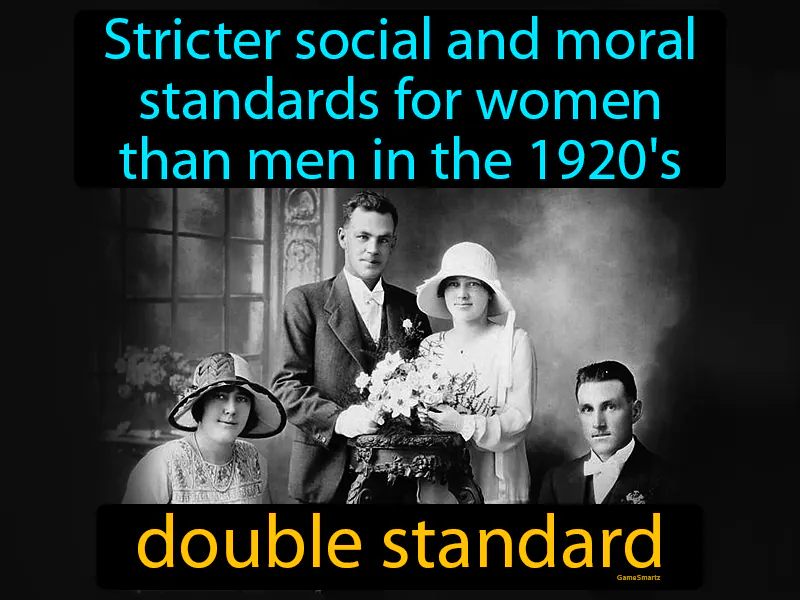Double Standard
Double Standard: Easy to understand
In the 1920s, the term "double standard" referred to the stricter social and moral expectations placed on women compared to men, especially concerning behavior and freedom. During the Roaring Twenties, women sought more independence and participated in new social activities, like dancing and attending parties, but faced criticism and judgment not typically applied to men. This double standard highlighted the gender inequalities of the time, sparking debates about women's rights and roles in society. Today, double standards still matter because they continue to influence gender expectations, such as how women are often judged more harshly for their appearance or behavior than men. For example, a woman might be criticized for being ambitious or assertive at work, while a man exhibiting the same traits might be praised, illustrating how these outdated standards can impact everyday life.

Practice Version

Double Standard: Stricter social and moral standards for women than men in the 1920s double standard. A double standard is when different groups of people are treated unfairly by holding them to different rules or expectations.